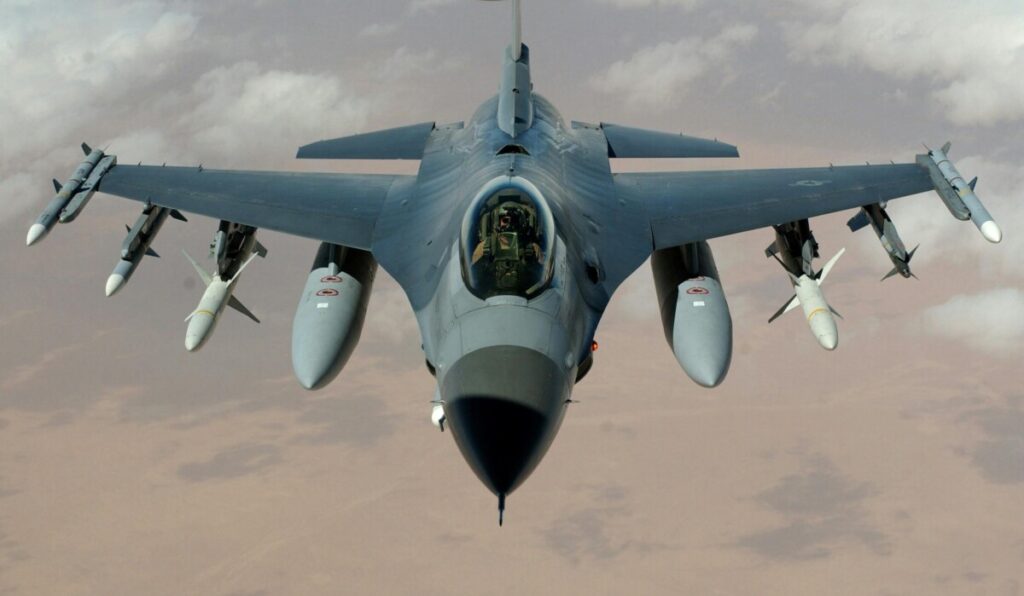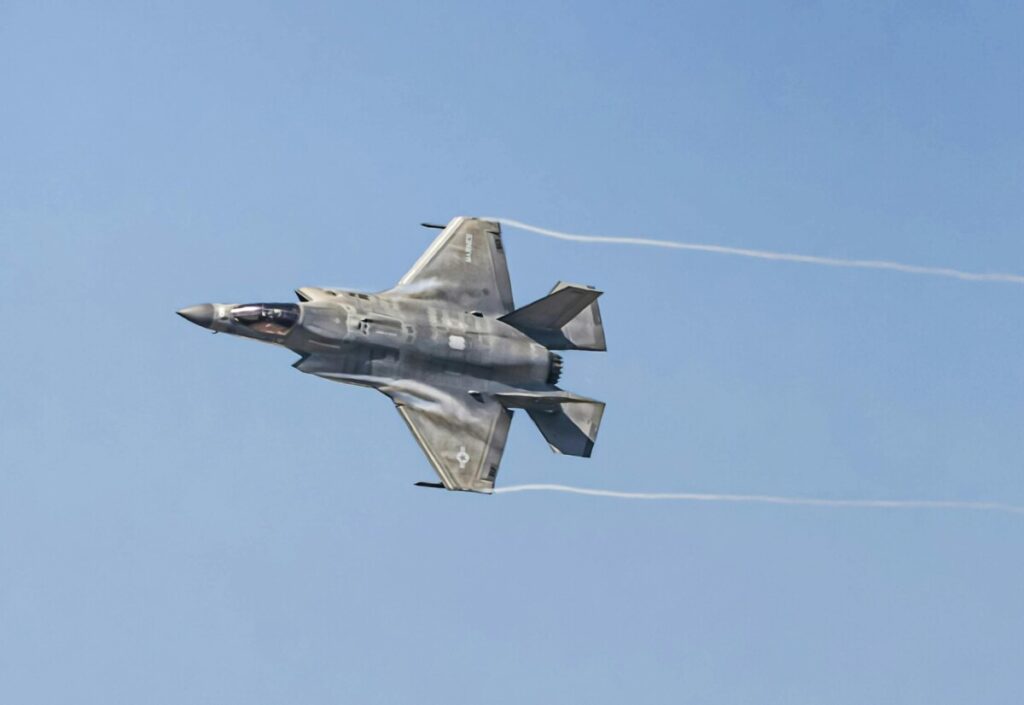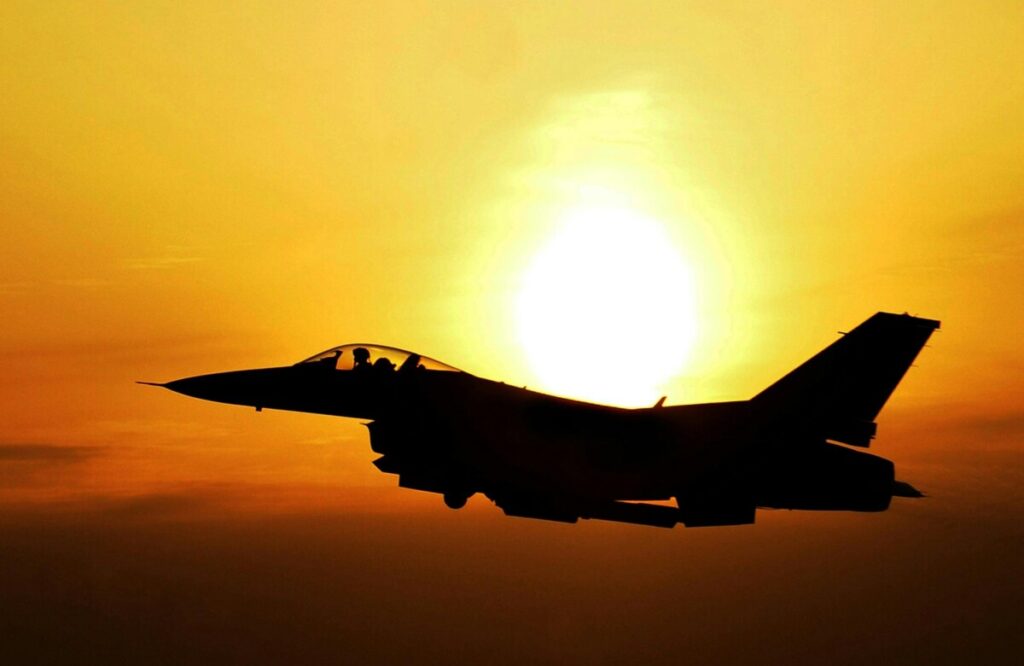
Russia Revives MiG-41 Interceptor Program to Counter U.S. F-35: Strategic Shift in Global Defense Aviation
Russia’s recent revitalization of the MiG-41 interceptor project marks a seismic moment in military aviation. Designed to outpace the U.S. F-35 and intercept hypersonic threats, the MiG-41 aims to reassert Russia’s dominance in the skies and reshape competitive dynamics in the defense industry. This development is poised to reverberate across global markets, influencing military procurement, technological investment, and the geostrategic balance of power.
Key
Insights
-
The MiG-41 program’s focus is on surpassing current aerospace capabilities—particularly the stealth and speed of the U.S. F-35—using Mach 4+ flight, anti-missile lasers, and near-space operations.
-
International defense markets will face intensified competition, with ripple effects on procurement strategies, R&D spending, and cross-border defense alliances.
-
Global businesses and future-oriented supply chains may experience both growth opportunities and vulnerabilities as Russia expands its aerospace and defense market penetration and sets new benchmarks for aerial defense.

Strategic Shift in Aerospace and Defense Markets: The MiG-41’s Role in Modern Air Defense
Amid ever-evolving international security threats, Russia’s MiG-41 interceptor stands poised as a direct answer to the technological prowess of Western nations—especially the highly touted U.S. F-35 stealth fighter jet. Announced in late 2025, the MiG-41 is set to operate at speeds exceeding Mach 4, possibly reaching altitudes that rival near-space platforms. With such engineering, the jet is envisioned to neutralize not only fifth-generation fighters but also hypersonic missiles and low-Earth orbit satellites—missions crucial in the age of mixed-domain warfare. This strategic move signals Russia’s intention to leapfrog incremental advances and instead set a new bar for military applications of aerospace technology. The backdrop of ongoing tensions—spanning the far Arctic to contested geopolitical hotspots—further amplifies the importance of rapid-response air dominance, an arena where the MiG-41 could fundamentally alter strategic calculations.

Market Dynamics: Impact on the Global Aerospace and Defense Industry
The introduction of the MiG-41 has far-reaching consequences for the global aerospace and defense market. With its ambitious claims of hypersonic capability, stealth, and multi-role versatility, the MiG-41 sets a new standard that rivals and allies alike must contend with. On the supply side, nations invested in next-generation fighter programs—including the U.S. and its European partners—are likely to accelerate development cycles for projects such as the F-47 and GCAP Tempest, driving demand for advanced avionics, propulsion systems, and counter-stealth solutions. At the same time, defense contractors and their extended supplier networks may encounter opportunities in materials science, unmanned aerial systems, and missile defense, with heightened competition fueling innovation and capital flows across borders. Conversely, concerns about intellectual property, market entry barriers, and shifting regulatory landscapes could affect multinationals seeking to capitalize on aerospace growth, making strategic adaptability and government relations more vital than ever.

Business Implications: Future Outlook and Strategic Opportunities
Looking ahead, the MiG-41’s development and potential deployment encapsulate both promise and complexity for future businesses. For Russian industry, successful execution could spur investment, job creation, and export potential, firmly positioning Russia as a contender in high-tech aerospace. For global defense firms and adjacent sectors—cybersecurity, sensor technology, and advanced manufacturing—the competitive pressure will necessitate agile innovation, deeper collaboration, and constant risk management. Meanwhile, global supply chains must brace for geopolitical headwinds, as regulatory restrictions and export controls become more pronounced. Ultimately, the rise of programs like the MiG-41 accentuates the importance of integrated security solutions, cross-domain expertise, and forecasting market disruptions—all vital for businesses intent on thriving within the fluid landscape of tomorrow’s aerospace and defense market.
